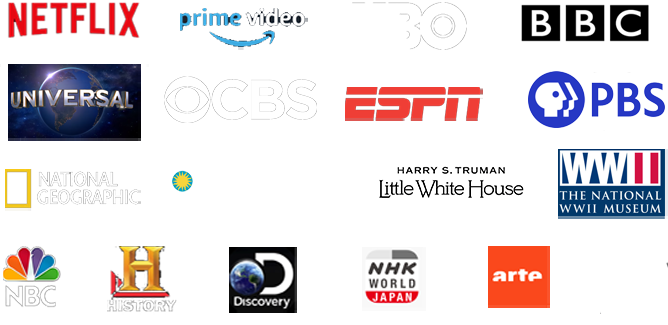This early laser technology film; “Lasers Unlimited” showcases the pioneering era of laser technology at AT&T / Bell Labs. It shows the rapid development and diverse use of lasers introduced only years prior to this film. Various uses are displayed including early laser tattoo and skin anomaly removal, removal of barcodes on railroad cars, cutting microprocessor / microcircuit boards as well as assistance with aircraft production. Holograms and holographic studies are included as well as exploration of their future use. Laser’s emit light through optical amplification based on stimulated emission of electromagnetic radiation. The first laser was introduced in 1960 by Theodore H. Maiman. It opens with fun sci/fi images of lasers and exploding buildings (:12). This film was written by Robert Rosencrans (:40) directed by Wallace Bennet (:43) and produced by Jerry Fairbanks (:49). Ordinary light beams are explained (:55). A narrow beam is sent through a prism (1:03); a rainbow erupts. The light of a laser beam is compared (1:10). The science fiction film industry quickly embraced the laser (1:26). The medical industry then embraced laser technology (1:44). A tattoo is removed using lasers (1:49). The use of laser technology for skin abnormality follows (2:01). The simulation of emission of radiation is shown (2:26). Progress of the laser is shown (2:58) resulting eventually in a miniature electronic circuit (2:59). New methods to produce the laser beam were developed (3:10). Progress in industry and medicine are captured at the New York’s Columbia Presbyterian Medical Center (3:37). Doctors work on issues related to blindness by focusing the beam within the eye (3:42). A train moves down the track in Kentucky (4:00). Laser technology helps locate train cars (4:04). Reflective strips (4:06) and the small laser beam used are zoomed in on (4:12). The final car passes the beam (4:21). A master computer receives the coded information (4:27). The Western Electronics’ Plant in Allentown Pennsylvania is visited (4:35) to demonstrate the use of a pulsed laser. A numerically controlled table is used (4:51). Circuits are separated at the airline (5:16). More footage from science fiction flicks show the combined use of laser and UFO’s (5:44). Researchers work with an experimental knife (6:11). The hologram is explained (6:55). The three dimensional image (8:04) is produced. Bell lab scientists use the laser (8:17) for use in voice picture and data signals. Pulse code modulation is explored (8:53). Future use for laser technology includes the picture phone (9:14). At NASA’s Space Flight Center (9:39); new technology is used to track and communicate with reaches of outer space. This film was narrated by Barry Sullivan (10:01) and produced by AT&T (10:11).
Motion picture films don’t last forever; many have already been lost or destroyed. For almost two decades, we’ve worked to collect, scan and preserve the world as it was captured on 35mm, 16mm and 8mm movies — including home movies, industrial films, and other non-fiction. If you have endangered films you’d like to have scanned, or wish to donate celluloid to Periscope Film so that we can share them with the world, we’d love to hear from you. Contact us via the weblink below.
This film is part of the Periscope Film LLC archive, one of the largest historic military, transportation, and aviation stock footage collections in the USA. Entirely film backed, this material is available for licensing in 24p HD, 2k and 4k. For more information visit http://www.PeriscopeFilm.com


